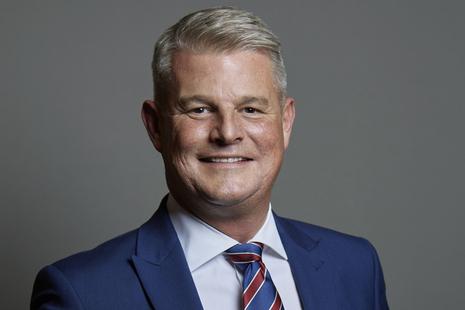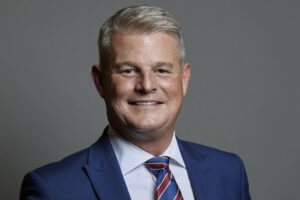Stuart Andrew says UK gambling levy won’t disrupt existing support services

The UK gambling minister spoke at the GambleAware conference.
UK.- The UK minister Stuart Andrew has told gambling support organisations that the proposed statutory levy on gambling operators will not disrupt the existing support framework. Speaking at the GambleAware conference, he addressed concerns among community-based charities about how the levy would impact on them.
The government’s white paper on gambling reforms outlined the aim to raise £100m to fund research, treatment and prevention through a mandatory levy on operatrlors. The National Health Service (NHS) would he the main commissioner of problem gambling support services responsible for allocating the funding.
However, Andrew said: it was “absolutely crucial” that there be no disruption to the current system of funding for charities.
He said the government would “walk before we can run” and manage the introduction of the levy to allow sufficient time to “get the right infrastructure, processes and relationships in place”.
He said: “We want a system which has no ‘wrong door’ for people seeking help, where the referral pathways are right and where learning is constantly being shared. I hope you will agree that this is an important objective for the future of an effective system of research, prevention and treatment of gambling-related harms.”
The DCMS consultation on the statutory levy ends next week. The current proposal is that online gambling operators pay one per cent on gross gambling yield while retail betting shops and land-based casinos would pay 0.4 per cent
As for when the levy will be implemented, Andrew said “as soon as we can”. However, it will need to pass through parliament.
Andrew said: “For the first time, the levy will provide sustainable funding for the government to develop a coordinated prevention approach at the local, regional and national level, providing investment for organisations across Great Britain. This will facilitate more upstream interventions where intervention is most critical and most effective.”










